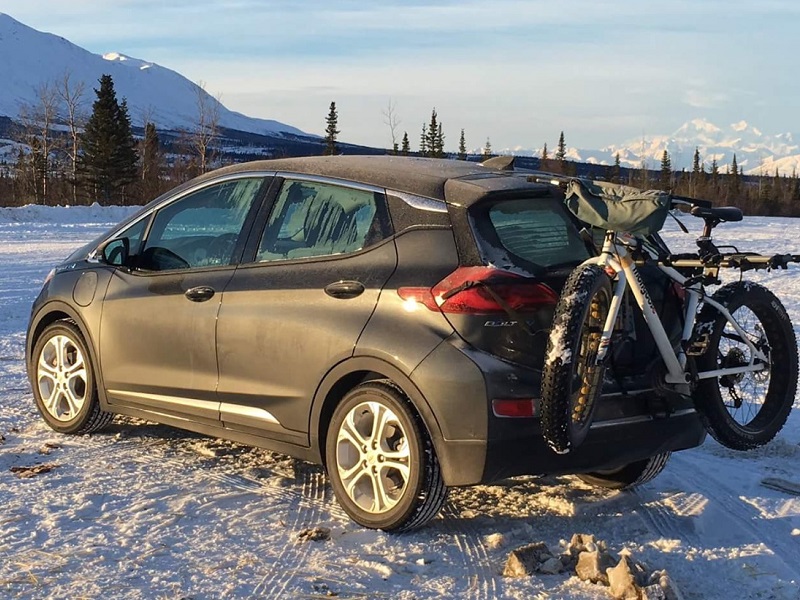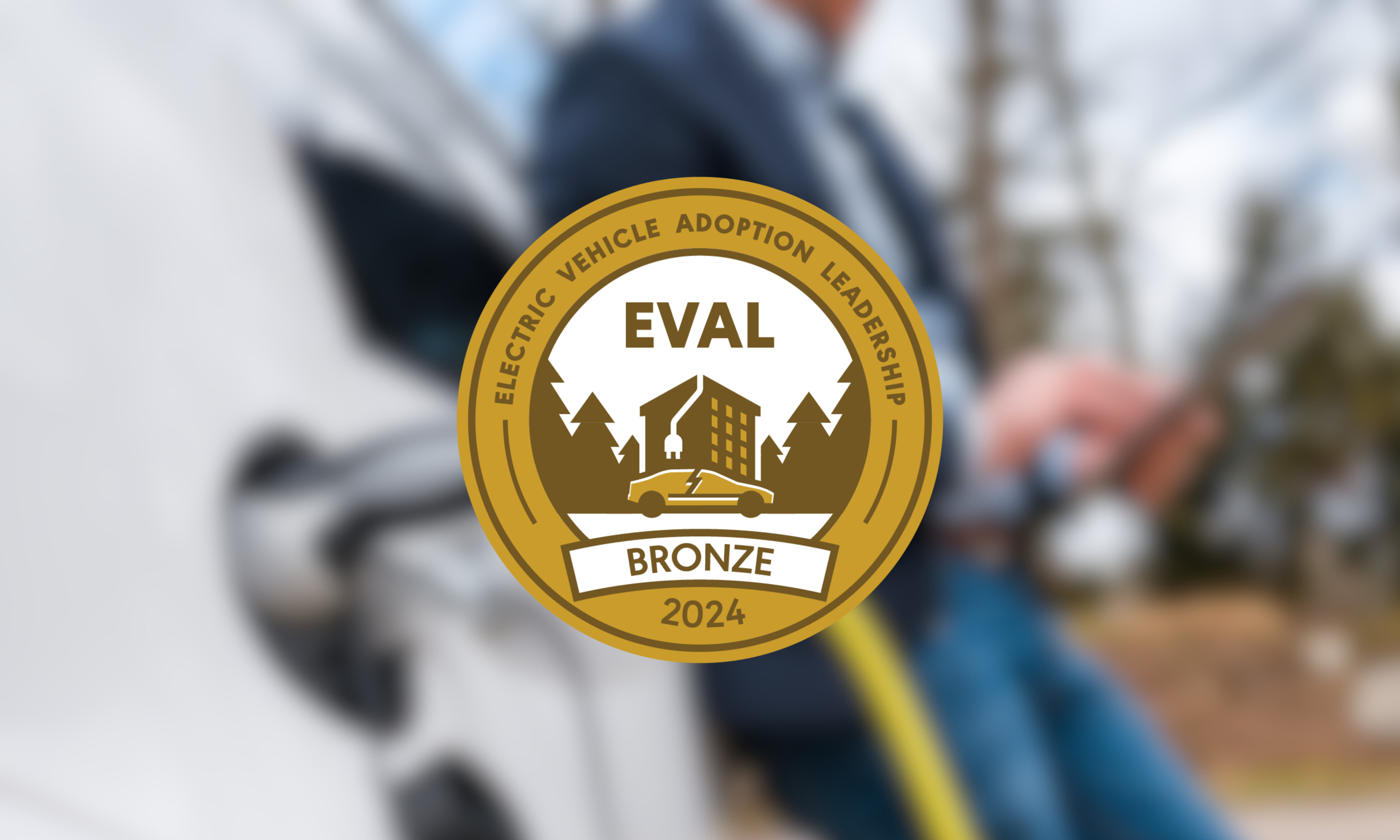The polar vortex is in full swing and drivers everywhere are finding out their cars don’t love the frigid temperatures. All cars, both gas and electric, use more energy in cold weather, which yields reduced gas mileage and shorter electric range. For most electric vehicle drivers, this isn’t necessarily a big deal, especially if your electric range is more than twice your daily commute. Nonetheless, this extreme weather has brought with it some unique hurdles for EV owners. Fortunately, there are some easy steps you can take to mitigate these challenges. Here are some electric vehicle tips for winter weather.
Charging
If you have an enclosed garage at home where you can charge your EV, definitely do so. By charging your car indoors, you can prevent ice build up on the vehicle and keep the battery warmer. EV batteries are like humans—they are most comfortable at 70 degrees and a warmer battery will garner more driving miles.
Preconditioning
You can do one better by preconditioning the cabin before you begin your trip. Most EVs allow you to schedule this in advance and it has two benefits. One, you get to climb into a warm car on a cold day! No waiting for the heater to warm up or the seat heaters to kick in. Two, your battery warms up to its optimal operating temperature. You get to drive farther more comfortably—what’s not to love? By preconditioning while plugged in at home, you’ll leave for work 100% charged with a warm pack and cabin.
If you can’t precondition your cabin, use the seat warmers over the cabin heat if range is an issue. The seat warmers generally use less energy than the cabin heater and can be felt immediately.
Planning
Of course, Murphy’s Law can strike at any time. In order to prevent a serious emergency, there are a few basic steps you can take to ensure a safe trip.
Make sure your vehicle has its standard level-one charging cord on board in case you need to stop for an emergency charge. This is one area where EVs have a clear advantage; you can recharge your car from any standard wall outlet in a pinch. And be sure to carry warm clothing, a bit of food, and a phone in case your car becomes immobilized–just as you should in a gas car during extreme weather.
Driving
Lastly, reducing your speed in hazardous driving conditions not only makes for safer driving, it also increases your EV’s range. In addition, EVs have the benefit of being able to carefully control torque from a standing start, compared to gas cars that have zero torque at zero RPM and have to be revved up to start moving. With slick, icy roads, it’s much easier to avoid spinning out from a standing start in an EV and easier to slowly climb a hill. If you try going slowly up a hill in a gas car, you’re likely to stall the engine.
Tip for Gas Car Owners
Unfortunately, gas car owners can’t refuel their vehicles from the comfort of their garages. With the cold weather sapping their gas mileage, they’ll make more frequent visits to the gas station in the frigid cold. Gas cars also run into the issues of both the thickening of oil and ice in the fuel line, either of which can be complete show stoppers. Below -20 degrees, oil is too thick for the oil pump to effectively circulate; likewise, any moisture present in the fuel lines or fuel tank can freeze, blocking the line and clogging the fuel pickup. The freezing cold can also cause the 12-volt lead acid battery to fail, requiring the vehicle to be jump started. The only way to avoid these issues is to get an EV.
Photo credit: Kirk Martakis

